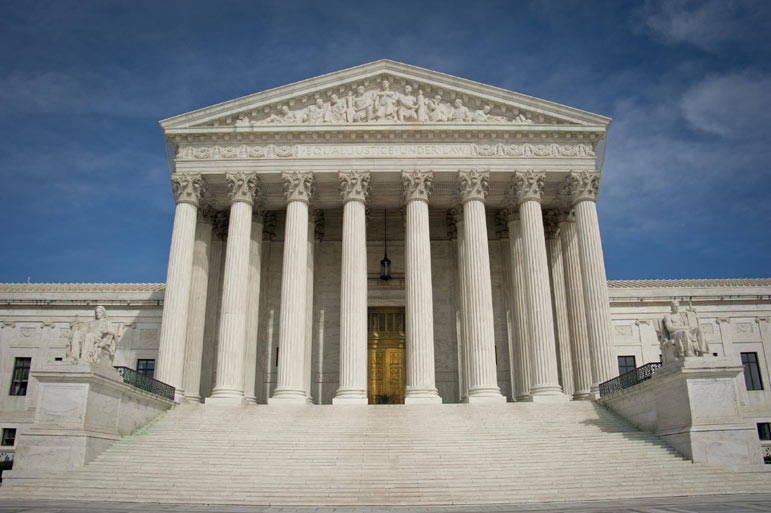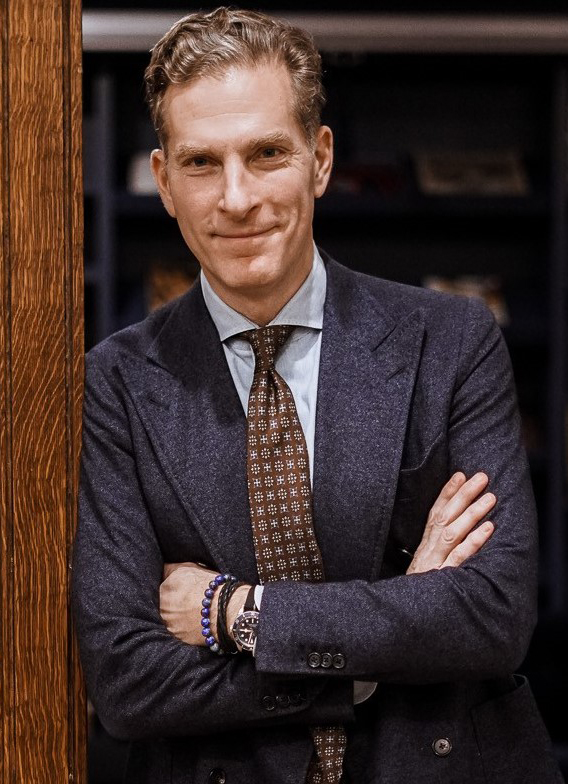
The Supreme Court has announced that it will decide a fascinating copyright case about cheerleaders' uniforms. It's a big deal because the case isn't just about cheerleaders -- it could determine whether many kinds of fashion designs can be copyrighted.
The copyright law seems simple: It says that "useful items" can't be protected. You can't own exclusive rights to make dining tables or dinner plates. A uniform, like any other piece of clothing or furniture, is useful.
But that isn't the end of the problem. What about designs on useful objects: a pattern on a dinner plate or a stripe on a garment?
A literal reading of the law might suggest that these elements can't be copyrighted. But neither the U.S. Copyright Office nor the courts have ever taken that extreme position. They distinguish between aspects of the design that are part of its utilitarian function and those that aren't.
Take cheerleaders' uniforms. The fabric, cut in a certain pattern, is part of its useful function. But what about the chevrons and stripes that adorn them? We aren't talking about team logos. They're usually considered physically and conceptually separable from the uniform and therefore deserving of protection. If they weren't, the enormous sports-jersey industry wouldn't generate revenue for college and professional teams and leagues.
The issue before the Supreme Court is trickier. It involves design elements that are "pictorial, graphic, or sculptural" and are woven into the fabric of the garment. They can't be separated physically. But what about conceptually?
In deciding the case that the Supreme Court will now review, the U.S. Court of Appeals for the Sixth Circuit listed no fewer than nine possible tests and approaches to measure whether a design element can be conceptually separated from a useful article.
For example, some courts ask whether the design elements are "primary" to "subsidiary" utilitarian elements. Others ask if the artistic features are "objectively necessary" to the performance of the useful function, or if the useful function could "stand alone" without the design. A more overtly economic test asks whether the object would be marketable on the basis of the design even if it lacked any utilitarian function.
The copyright office asks if design and function "could both exist side by side and be perceived as fully realized, separate works."
The Sixth Circuit endorsed the "objectively necessary" test. It asked whether a reasonable observer would think that the design elements were "wholly unnecessary to the performance of the utilitarian function" of the cheerleaders' uniforms.
The court added that the designer's testimony about the design process could be helpful in making that determination.
And it added that the copyright office test was also "helpful."
If your head is spinning, hold on tight. The appeals court concluded that the chevrons and stripes weren't necessary to the uniforms, which would cover cheerleaders' bodies and wick away moisture even without them. It said that the designs could exist side-by-side with the garments as artwork: "Indeed, nothing (save perhaps good taste)" said the court, prevents the maker "from printing or painting its designs, framing them, and hanging the resulting prints on the wall as art."
On this basis, the court held that the chevrons and stripes could be copyrighted. But it also said that the cut of a uniform - and by extension a dress or suit -- couldn't be copyrighted, because it isn't conceptually separable from the garment's function.
This was a modest win for designers. If adopted by the Supreme Court, the ruling would be allow them to prevent some patterns of stripes or polka dots from being pirated. Copycats, though, could still reproduce the cut of a garment, which would still be considered useful.
It remains to be seen how the justices will think about the cheerleader problem. The fact that the Supreme Court granted review doesn't mean it disliked the Sixth Circuit's rule, just that it wanted to resolve a split among different circuit courts. In this year of the reduced court, when the justices seem wary of agreeing to take highly controversial cases, uniform design must have seemed like a nice respite from highly politicized questions of constitutional law.
But there's something unsatisfying in the lower court's distinction. The idea that some aspects of a design can be separated while others cannot is close to being conceptually incoherent.
Consider, for example, the cut of the uniform, which the law defines as inseparable from function. Cut is a crucial part of design - surely as important to a cheerleader's look as stripes. The cut isn't objectively necessary to the uniform, because a differently cut uniform would also be functional.
And cuts can be as distinctive as any stripe. Think of the dresses that hang in museums -- on the wall, as art.
Form and function are interdependent. The dancer becomes the dance. Here's hoping the Supreme Court keeps that in mind.
Comment by clicking here.
Noah Feldman, a Bloomberg View columnist, is a professor of constitutional and international law at Harvard University and the author of six books, most recently "Cool War: The Future of Global Competition."


 Contact The Editor
Contact The Editor
 Articles By This Author
Articles By This Author
